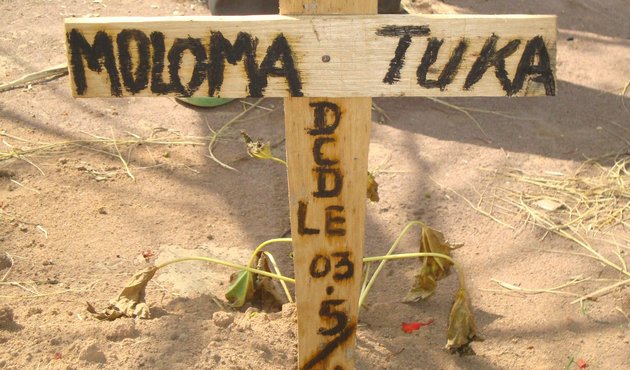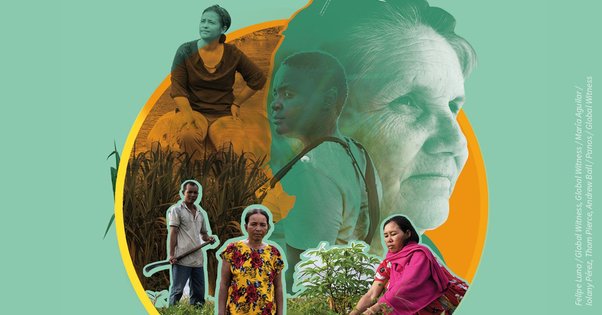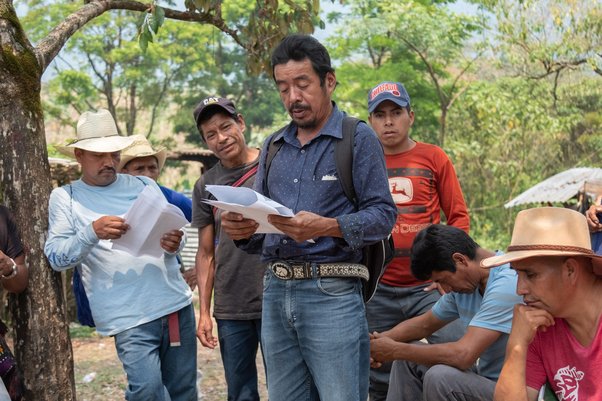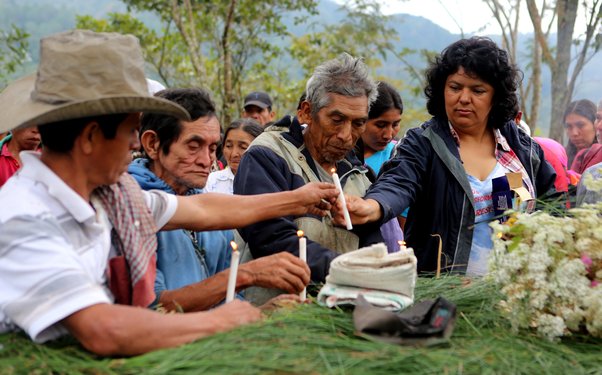A rising death toll on our environmental frontiers is escaping international attention
As demand for commodities like timber, beef and palm oil intensifies, companies and criminals are staking their claim on new land, with little regard for the people who live on it.
Published in 2014, Deadly Environment documents the increasing murders on these frontiers.
Scroll right to use the infographic showing the rise in killings. Data amended January 2016 to reflect subsequent review of cases in Brazil, Honduras and Peru and to include additional cases of enforced disappearances.
On average two people are killed every week defending their land, forests and waterways against the expansion of large-scale agriculture, dams, mining, logging and other threats. Often they have been forced from their homes or seen their livelihoods harmed by environmental devastation.
Some victims were environmental protesters killed in crackdowns, others murdered by hired assassins because they lived on a desirable plot of land.

I live from the forest, I’ll protect it at any cost. And that’s why I live with the constant threat of a bullet to my head, because I denounce the loggers and charcoal producers. I’m here talking to you today, but a month from now I might have disappeared
"I live from the forest, I’ll protect it at any cost. And that’s why I live with the constant threat of a bullet to my head, because I denounce the loggers and charcoal producers. I’m here talking to you today, but a month from now I might have disappeared," said rubber tapper José Cláudio Ribeiro da Silva at his TEDx talk in the Brazilian state of Amazonas.
Six months later José Cláudio and his wife Maria were murdered by masked gunmen. José Cláudio’s ear was ripped out as proof of execution.
In 2012, Indigenous leader Jimmy Liguyon was shot dead in front of his family in the Philippines, reportedly for refusing to sign away his land to miners.
José Cláudio Ribeiro da Silva and his wife Maria were assassinated by masked gunmen in Brazil in 2011 after having denounced the encroachment of loggers into their forest reserve.
In 2012 in Cambodia, 14-year-old Hen Chantha was shot dead by military police who were evicting her village to make way for a rubber plantation.
A number of countries were more or less blank on our map, most notably in Africa. Nigeria, the Democratic Republic of Congo, Central African Republic and Zimbabwe suffer fresh scars of resource conflict yet environmental defender deaths are practically invisible due to a lack of public records.
There is also significant under-reporting in Myanmar, Central Asian countries and China, where human rights monitoring is prohibited or restricted.
This suggests that the problem could be far greater than we are currently in a position to comprehend.
As pressure on natural resources increases, land and environment rights defenders have become among the most vulnerable groups in terms of killing. These defenders … must be protected. They must be empowered because they are not only fighting for their lives but also for ours
Global Witness is calling on national governments and the international community to act urgently to protect the environment and the people who defend it.



